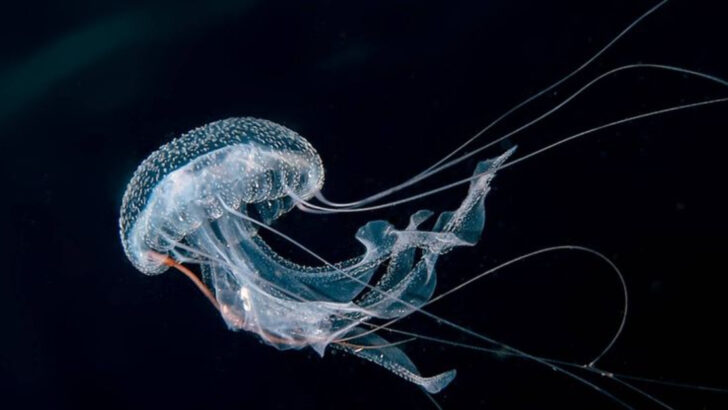Not every “bear” is a bear. Not every “cat” is a cat. And don’t even get us started on starfish.
Animal names can be sneaky little liars. Some sound official, even scientific—but behind the label, the creature is something completely different.
Think about it: calling a creature a “koala bear” doesn’t magically make it a bear. It just confuses everyone. And “electric eel”? Spoiler alert—it’s not even an eel.
This list of 13 misleading animal names will make you question everything you thought you knew about the animal kingdom.
Get ready to call out the imposters—and learn what these creatures really are.
Koala Bear
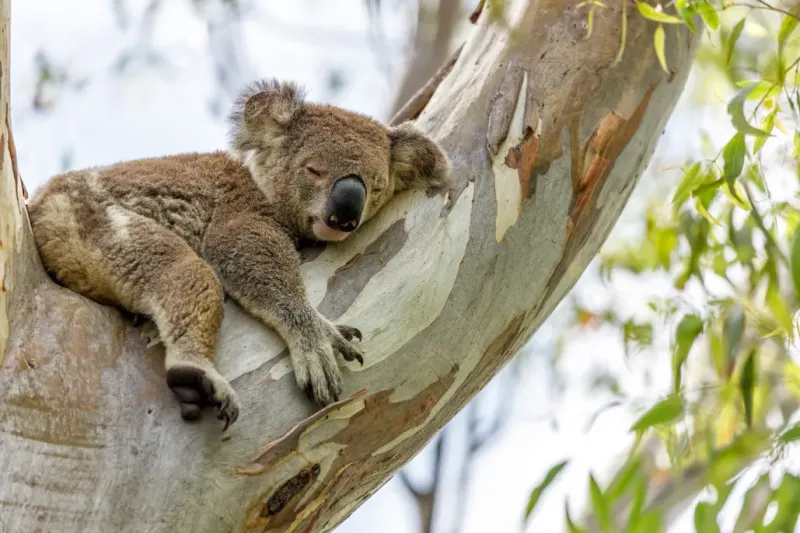
Contrary to what its name suggests, the koala bear isn’t a bear at all. This adorable creature is actually a marsupial, closely related to kangaroos and wombats.
The koala spends most of its life in eucalyptus trees, feasting on their leaves and sleeping up to 18 hours a day! Their soft, woolly fur and large, round nose make them look like a teddy bear, but don’t be fooled by appearances.
Koalas have sharp claws for climbing and strong legs to support their arboreal lifestyle. Next time you see one, remember it’s more marsupial than bear!
Sea Cucumber
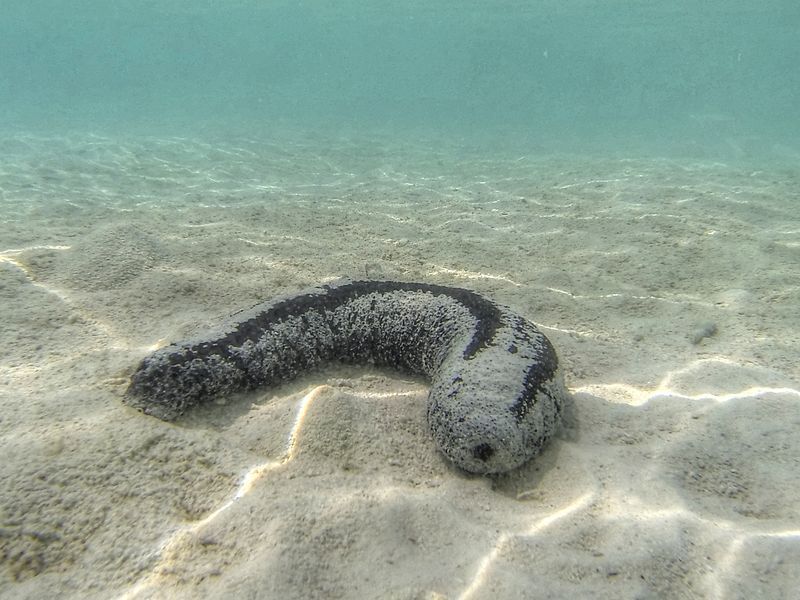
Despite its name, the sea cucumber isn’t a vegetable from the ocean’s garden. Instead, it’s a fascinating marine animal found on ocean floors worldwide.
With its leathery skin and elongated body, the sea cucumber is more akin to a slug than a salad ingredient. These creatures play an important role in the ocean ecosystem by helping recycle nutrients.
They might not be the most attractive animals, but their functionality is remarkable. Next time you spot one, appreciate its contribution, and remember it’s all animal, no vegetable!
Mountain Chicken
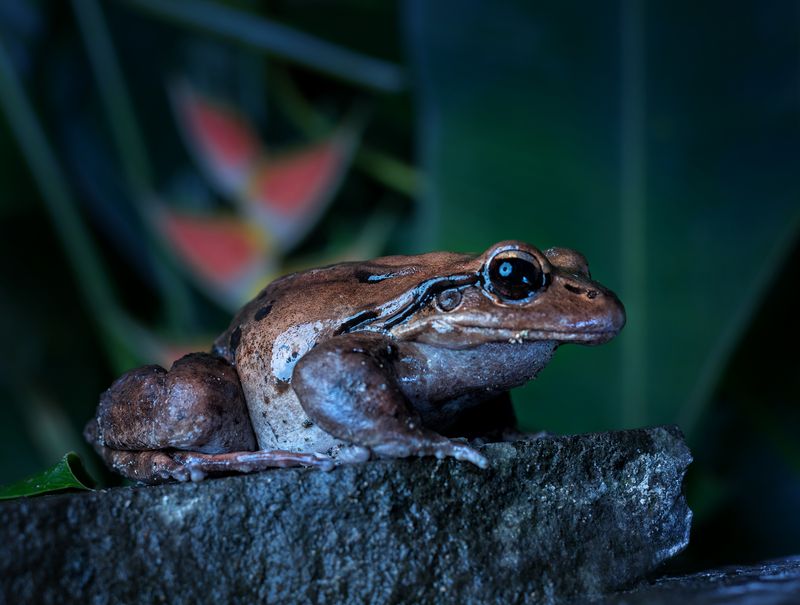
The mountain chicken isn’t a clucking bird from the hills; it’s actually a frog! Native to the Caribbean islands, this large amphibian is known for its size and unique croak.
With a body resembling a chicken drumstick, it’s no wonder locals dubbed it the mountain chicken. These frogs are critically endangered, with habitat destruction threatening their existence.
Despite their peculiar name, they are an essential part of the island’s biodiversity. So, when you hear about a mountain chicken, think big frog, not feathery fowl!
Guinea Pig
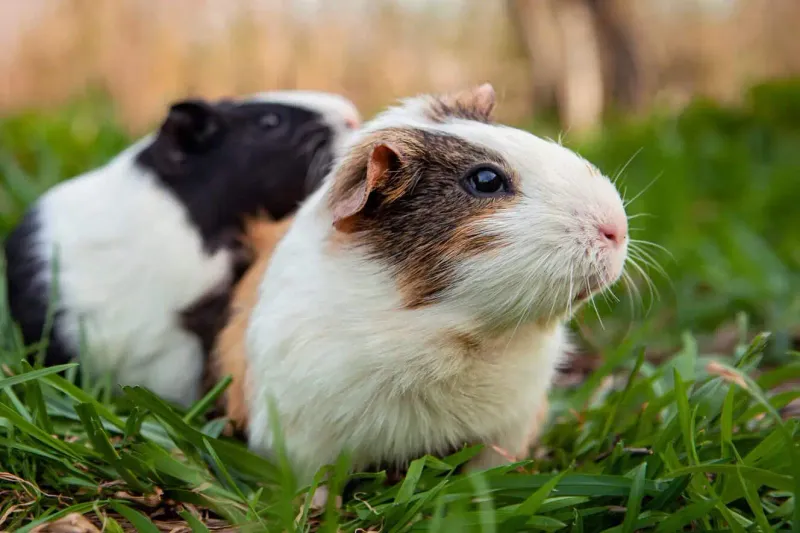
Guinea pigs are neither pigs nor from Guinea! These small rodents originate from the Andes Mountains in South America and are more closely related to chinchillas than swine.
Known for their docile nature and squeaky communication, guinea pigs make popular pets around the world. Their misleading name may have arisen from their pig-like squeals and the mistaken belief they came from Guinea.
In reality, they’re charming companions with unique personalities. Next time someone mentions a guinea pig, think South American rodent rather than farmyard friend.
Jellyfish
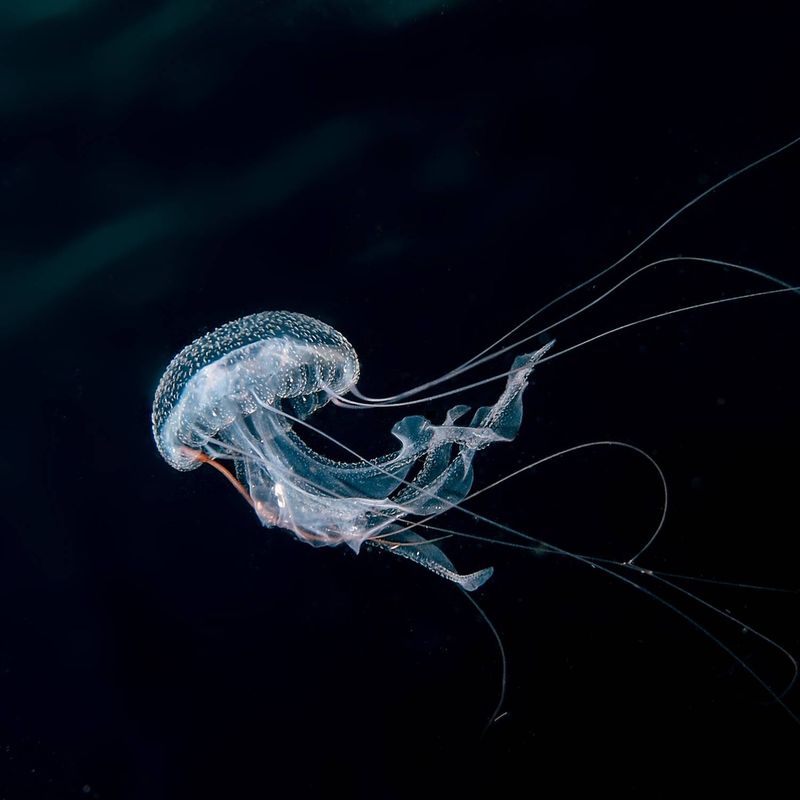
Jellyfish are neither jelly nor fish! These mesmerizing creatures are mostly made of water and belong to the phylum Cnidaria. With their umbrella-shaped bodies and trailing tentacles, they glide through the ocean with an otherworldly elegance.
While some species can deliver a painful sting, their beauty is undeniable. Often seen as oceanic drifters, jellyfish play a crucial role in marine ecosystems.
Next time you see one, appreciate its grace and remember it’s a gelatinous invertebrate, not a fishy jelly!
Firefly
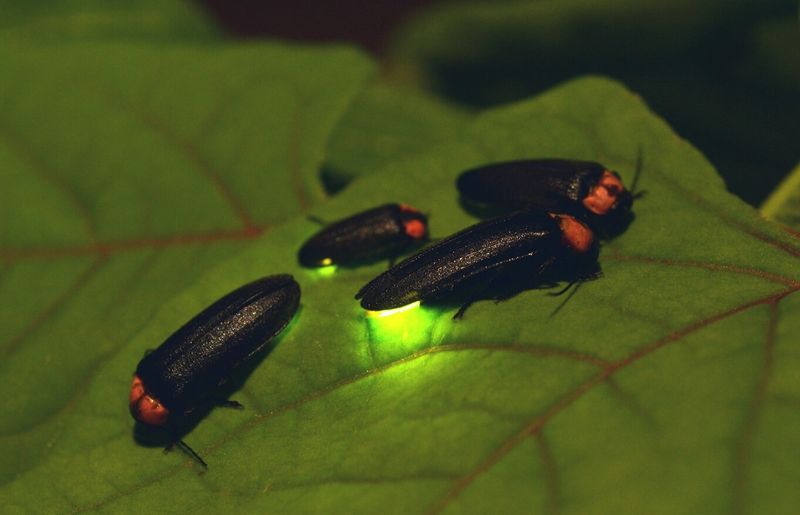
Fireflies, also known as lightning bugs, aren’t flies or bugs; they’re beetles! These enchanting creatures light up summer nights with their bioluminescent glow.
The magic happens in their lower abdomen, where chemical reactions create light without heat. Different species have distinct flash patterns, which they use to attract mates. This natural light show is a spectacle to behold.
Next time you see a firefly, marvel at its beetle brilliance and enjoy the nighttime display that’s anything but a simple fly!
Prairie Dog
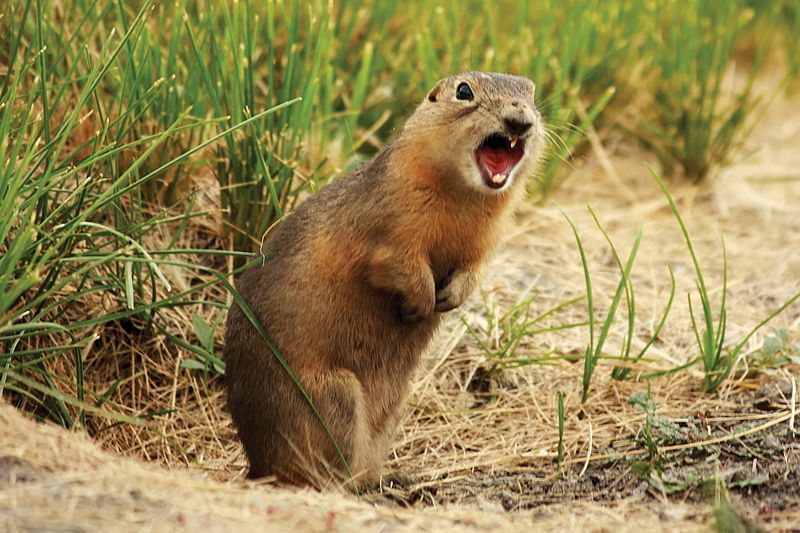
Prairie dogs might sound like canines roaming the grasslands, but they’re actually rodents! These small, burrowing animals are part of the squirrel family and are known for their complex underground colonies.
Their name comes from their dog-like warning calls, which alert the colony of danger. Living in large social groups, prairie dogs play a key role in the ecosystem by aerating the soil.
Next time you hear about prairie dogs, think ground squirrel rather than prairie pooch!
Starfish
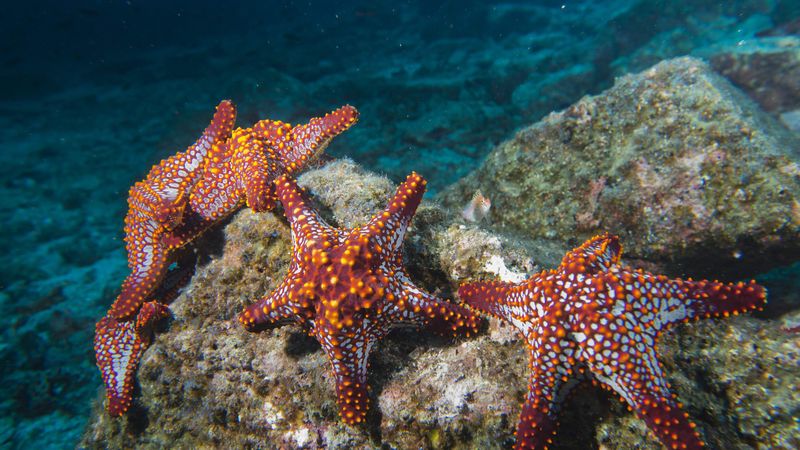
Starfish, or sea stars, aren’t fish at all! These fascinating echinoderms have a unique radial symmetry with arms radiating from a central disk. They’re often found in tide pools and oceans worldwide, showcasing a variety of vibrant colors.
Starfish have remarkable regenerative abilities, capable of regrowing lost arms. They play a vital role in marine environments as both predator and prey.
When you see a starfish, admire its beauty and remember it’s a star-shaped wonder of the sea, not a swimming fish!
Gila Monster

The Gila monster isn’t a mythical creature but a venomous lizard native to the southwestern United States. Despite its fearsome name, this slow-moving reptile is usually not a threat to humans, preferring solitude in its arid habitat.
With its distinct orange and black markings, the Gila monster is one of the few venomous lizards and relies on its venom to subdue prey.
When you hear about a Gila monster, envision a desert-dwelling lizard rather than a monstrous beast!
Killer Whale
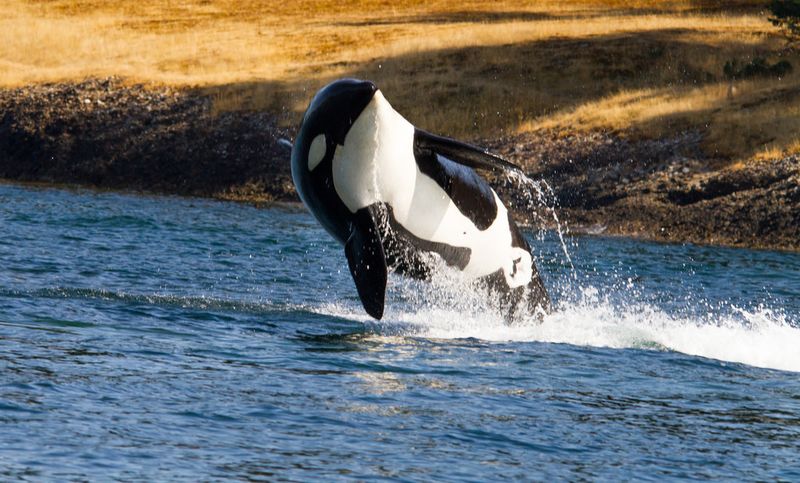
The killer whale, or orca, is a majestic marine mammal, not a whale at all, but the largest member of the dolphin family. Despite their name, orcas are highly social, intelligent creatures known for their complex hunting techniques and social structures.
Their black and white coloration makes them one of the ocean’s most recognizable animals. Rather than fear, they inspire awe with their grace and strength.
Next time you encounter the term killer whale, picture a powerful dolphin leader rather than a menacing sea giant.
Velvet Ant
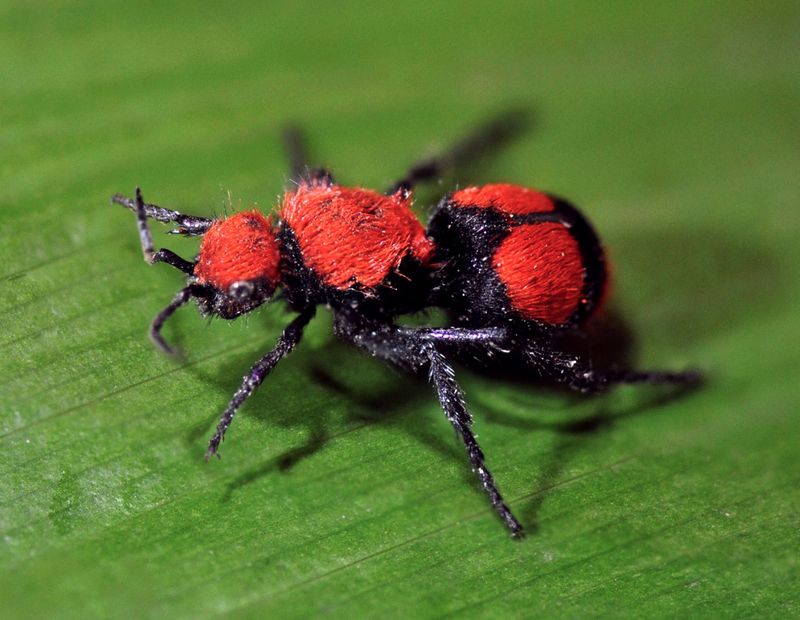
Despite its name, the velvet ant is not an ant at all, but a wingless wasp! Known for its bright coloration and painful sting, the velvet ant is often called the “cow killer.” Its fuzzy exterior serves as a warning to predators.
Velvet ants are solitary and often found in sandy areas where they hunt for ground-nesting bees and wasps. When you spot one, admire its velvety appearance and remember it’s a deceptive wasp with a potent sting!
Panda Ant
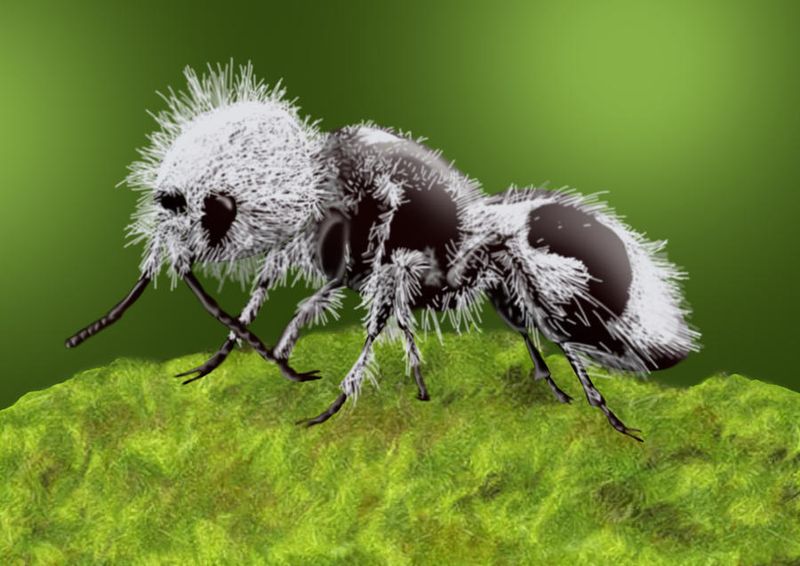
The panda ant isn’t an ant, but another wingless wasp with a striking black-and-white appearance. Native to Central and South America, this insect got its name due to its resemblance to a panda bear’s coloring.
Though visually stunning, panda ants are known for their painful sting. They lead a solitary life, and their unique coloration warns predators to keep their distance.
Next time you hear about a panda ant, remember it’s a wasp in disguise, not a cuddly bear lookalike.
Electric Eel

The electric eel isn’t an eel but a knifefish capable of generating powerful electric shocks. Found in South America’s freshwater rivers, these fascinating creatures use electricity for hunting and self-defense.
Their long, slender bodies allow them to maneuver gracefully through the water. While they can deliver shocks strong enough to deter predators, electric eels are more curious than threatening.
Next time you think of an electric eel, envision a master of electricity rather than a typical eel.

